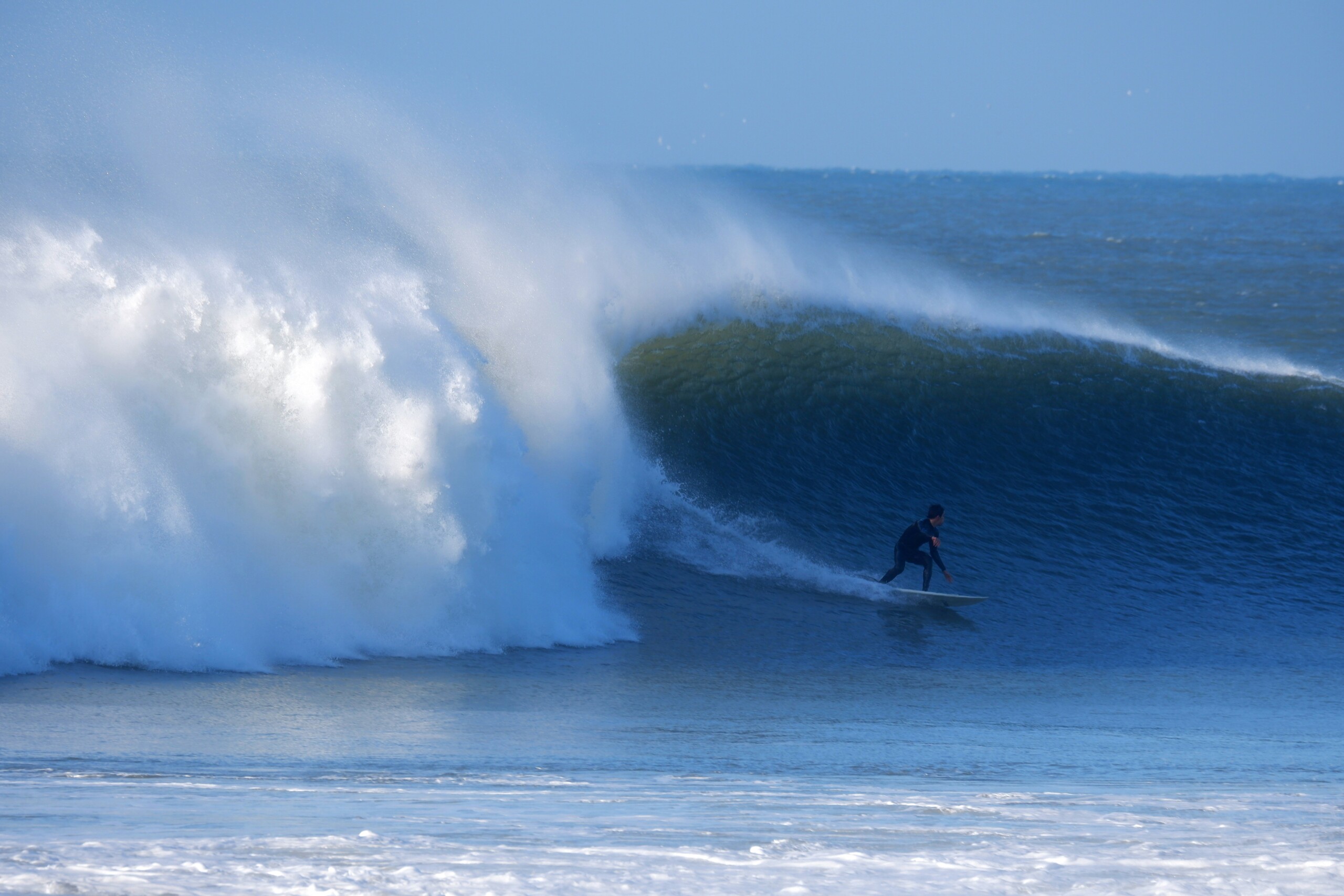Introduction: Understanding Reading Waves for Surfers of All Levels
At San Diego Surf School, one of the most crucial skills you’ll develop is learning how to read the waves. “Reading waves” refers to the ability to interpret the ocean’s movements and predict how a wave will break. Whether you’re a complete beginner or someone looking to improve your skills, mastering this art will help you catch the perfect wave and ride it confidently. In your surf lesson, the first thing we focus on is teaching you how to analyze waves so that you can make smarter decisions and maximize your surfing experience. Learning to surf isn’t just about paddling out; it’s about understanding the ocean’s rhythms.
What is Reading Waves and Why It’s Important for Surfing?
“Reading waves” involves understanding the different types of waves and how they form and break. Waves vary in size, shape, and direction, and knowing how to interpret these factors is key to success in surfing. For beginners at San Diego Surf School, it’s not just about catching any wave—it’s about knowing which waves are suitable for your skill level. A surfer who can read the waves is not only safer but also gains more enjoyment from their time in the water, making the process of learning to surf a more exciting and rewarding experience.
How to Identify Different Types of Waves
There are several types of waves that surfers encounter. Some are gentle, rolling waves, while others can be powerful and intimidating. At San Diego Surf School, we teach you how to spot the differences between beach breaks, point breaks, and reef breaks, as well as how to judge wave size and speed. By understanding these factors, you’ll know which waves are best for your skill level and which ones to avoid. “Reading waves” requires a keen eye for detail and an understanding of the ocean’s ever-changing nature, but with practice, it becomes second nature.
Understanding Wave Patterns and Timing
One of the most challenging aspects of “reading waves” is learning how to time your movements. Surfers must paddle at the right moment to catch a wave and position themselves correctly to ride it. At San Diego Surf School, we teach students to observe the wave patterns and the intervals between sets. Knowing when a new wave will arrive and timing your paddle accordingly is essential. It’s about anticipating the wave’s arrival and positioning yourself to take off smoothly without missing the chance to catch it.
The Role of Wind and Swell in Wave Formation
While it might seem like waves appear randomly, their formation is actually influenced by wind and swell. At San Diego Surf School, we explain how to interpret the direction of the swell and how wind affects the quality of waves. A surfer who understands how swell direction impacts wave size and shape will have a significant advantage. For example, offshore winds tend to create clean, peeling waves, while onshore winds may result in choppy, unpredictable waves. Learning to read these environmental factors is an essential part of becoming a skilled surfer.
Practice Makes Perfect: Developing Your Wave Reading Skills
Like any skill, “reading waves” improves with practice. The more time you spend in the water, the better you’ll get at interpreting wave behavior. During your surf lesson at San Diego Surf School, your instructor will guide you through different types of waves, helping you to recognize key features such as the wave’s peak, direction, and how it will break. With hands-on experience, you’ll become more confident in your ability to predict the waves and enhance your surfing technique.
Conclusion: Mastering the Art of Reading Waves for Better Surfing
In the world of surfing, “reading waves” is an essential skill that sets successful surfers apart. At San Diego Surf School, we’re dedicated to helping you master this skill through focused surf lessons, expert guidance, and plenty of practice. Understanding the ocean’s movements, reading the waves, and making the right decisions when you’re out there will significantly improve your ability to ride the perfect wave. Whether you’re just starting to learn to surf or you want to refine your skills, reading waves is the key to having a safe and thrilling surfing experience.






